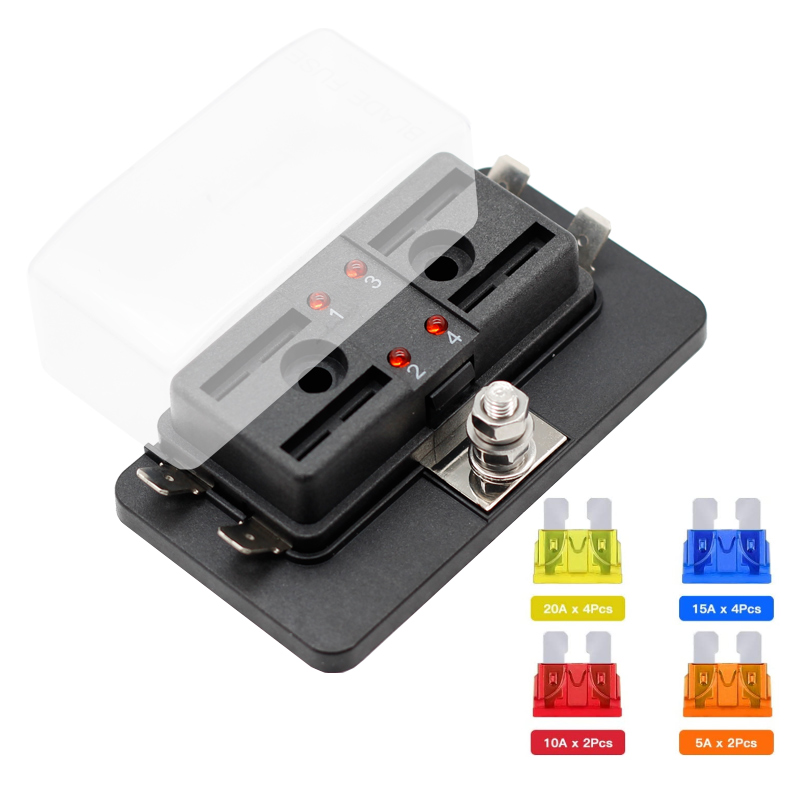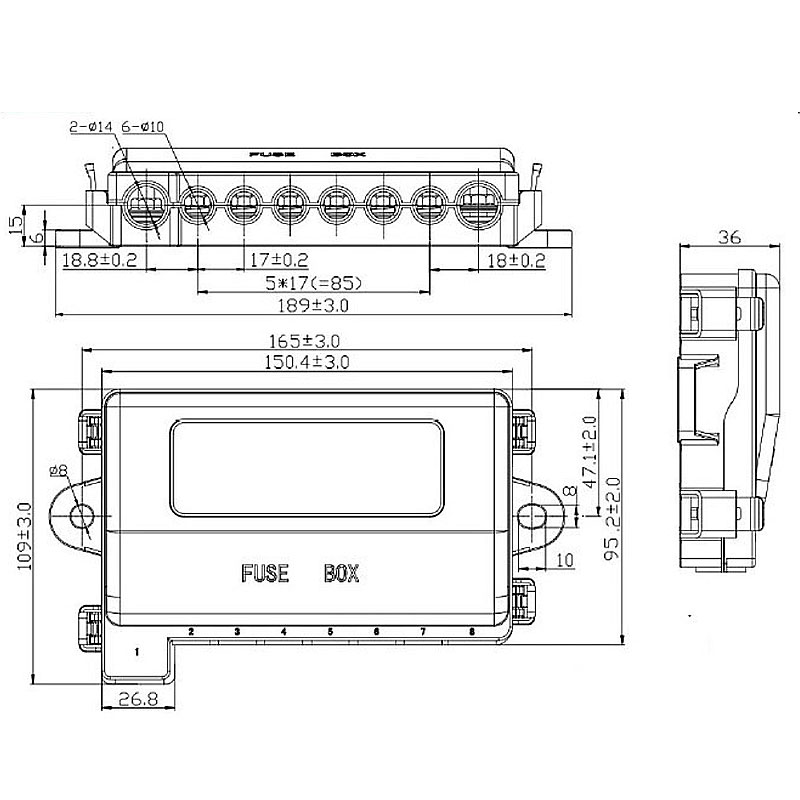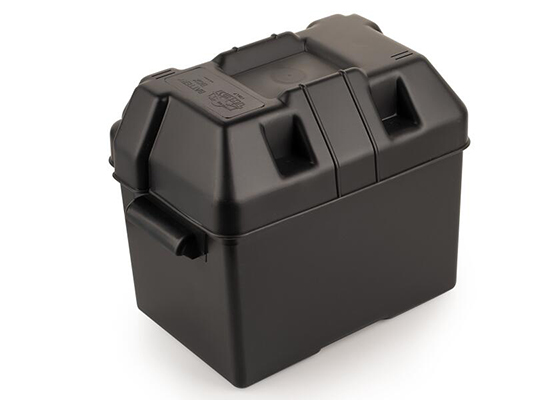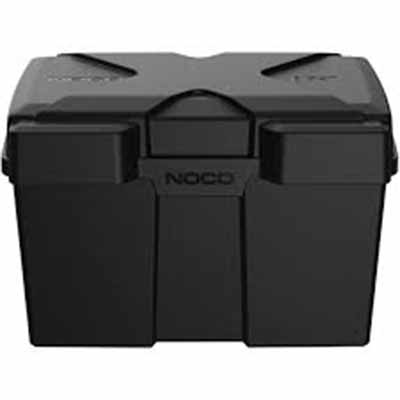Expert Wiring Tips for Car Fuse Holders in Cruise Control Systems
News 2025-10-20
Car fuse holders play a critical role in automotive electrical systems, particularly in cruise control setups, where they protect circuits from overloads and short circuits. Proper wiring ensures reliable operation, preventing potential failures that could compromise vehicle safety. In cruise control systems, these components safeguard sensitive electronics, maintaining consistent performance during long drives. Understanding wiring best practices is essential for both DIY enthusiasts and professionals to avoid common pitfalls and enhance system longevity.

Selecting the Ideal Fuse Holder
Fuse holders come in various designs, such as blade or inline types, each suited to specific applications in cruise control wiring. Key factors include current rating, material durability, and compatibility with vehicle voltage. High-quality holders made from heat-resistant plastics or metals offer superior performance advantages, like reduced risk of melting under high loads and easier integration into tight spaces. Choosing the right holder based on these attributes ensures optimal protection and reliability in dynamic driving conditions.
Installation and Maintenance Strategies
Proper installation involves securing the fuse holder in a vibration-resistant location, using crimped connections for secure wiring. In cruise control systems, positioning the holder near the control module minimizes wire length and reduces resistance, improving efficiency. Performance benefits include faster fault detection and enhanced safety through features like waterproof seals in exposed areas. Regular maintenance, such as inspecting for corrosion, extends the lifespan and maintains the system’s responsiveness during operation.
Frequently Asked Questions
1. What factors determine the fuse size for cruise control systems?
The fuse size depends on the system’s power draw; typically, 5-10 amps is standard, but always refer to the vehicle’s manual for exact specifications to avoid overcurrent issues.
2. How can I identify a faulty fuse holder in my car?
Signs include visible damage, overheating, or intermittent electrical failures; test with a multimeter for continuity to ensure proper function before replacement.
3. Is it necessary to use a specific type of wire with fuse holders?
Yes, use automotive-grade wire with appropriate gauge and insulation to handle voltage and temperature fluctuations, ensuring reliable connections in cruise control circuits.


